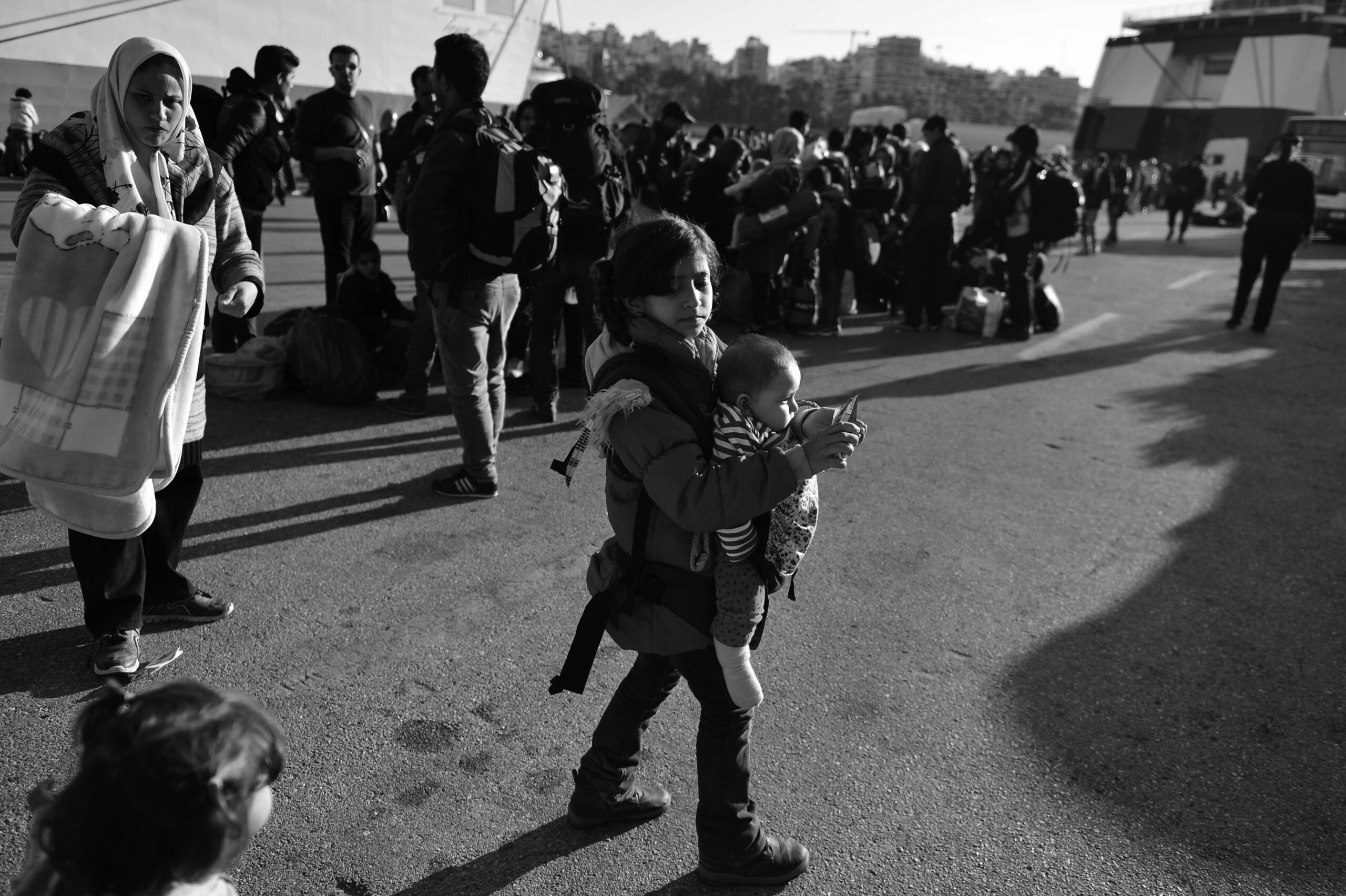(THIS ARTICLE IS MACHINE TRANSLATED by Google from Norwegian)
Government additional number to finance the increase in asylumApplicants also carry a number of austerities: everything from stricter requirements for family reunification to cuts in support for immigrants on reception. The goal is to make fewer people travel to Norway by making the life of the refugees more difficult.
It is a poor starting point for designing a good asylum policy. A broad political compromise is a good idea, but the premise must be that Norway meets the refugee stream with both a heartbeat and a willingness to make tough choices. We will welcome the asylum seekers who come to Norway, and the quota refugees the Storting has already decided that we will take in. We need to do this while increasing the allocations for emergency assistance in the immediate areas and maintaining the usual quota for refugees from other affected parts of the world.
Unpopular. We also have to deal with the costs of accommodating the refugees. The most important single factor for how big the costs are is integration. Good integration is important. That is why I question the Government's cut in Norwegian education and their unwillingness to rethink work and employment. We have to change a system that passivates refugees. We must create a system that encourages and praises initiative.
At the same time, we need to take a closer look at how the welfare state works, what schemes hamper integration, and what we can do to improve it. This is a measure that will improve integration. Unfortunately, this is difficult and unpopular. In doing so, we risk that politicians who will be able to act in the face of refugees end up implementing symbolic measures that make the lives of refugees more difficult and do not address the real challenges we face.
Symbol Stationery. A number of European countries have implemented austerity measures and measures to make the lives of refugees more difficult. There is little evidence that this will mean fewer trips to Europe – but it does affect where the refugees choose to go. The refugee crisis reminds us how interwoven we are across national borders, and how what we do in Norway affects other countries.
The refugee crisis reminds us of how interwoven we are across national borders.
European immigration policy is developing into a public tragedy. Rather than developing effective arrangements for the reception and settlement of those entitled to residence, and the deportation of those who do not, many countries are most concerned with ensuring that they receive as few refugees as possible. This puts a lot of pressure on the countries that are willing to settle.
The government's proposal contains many symbolic issues that do not lead to a better asylum policy. At the same time, aid is being cut sharply to ensure that over time we do not find ourselves in a new situation with large refugee flows. If a compromise is to go along these lines, it is a little forward-looking idea. On the other hand, we should gather to find coverage and necessary reforms to promote integration. Not least, Norway must be more closely linked to the EU's work to distribute refugees.
Solutions. The refugee crisis has shown that we are part of the world. It is through international cooperation that we will find the solution. Norwegian asylum policy must not participate in the competition to be the strictest, but rather contribute to finding common solutions.


